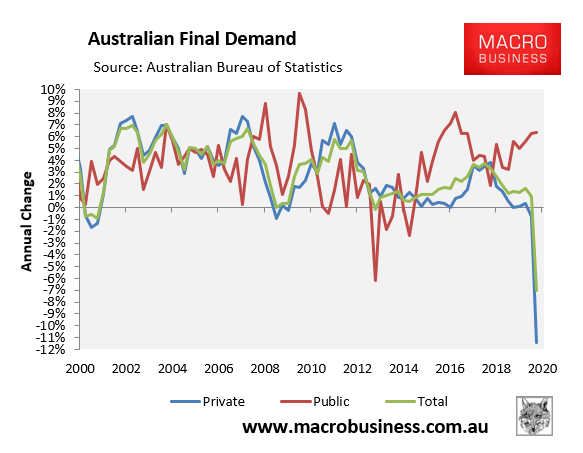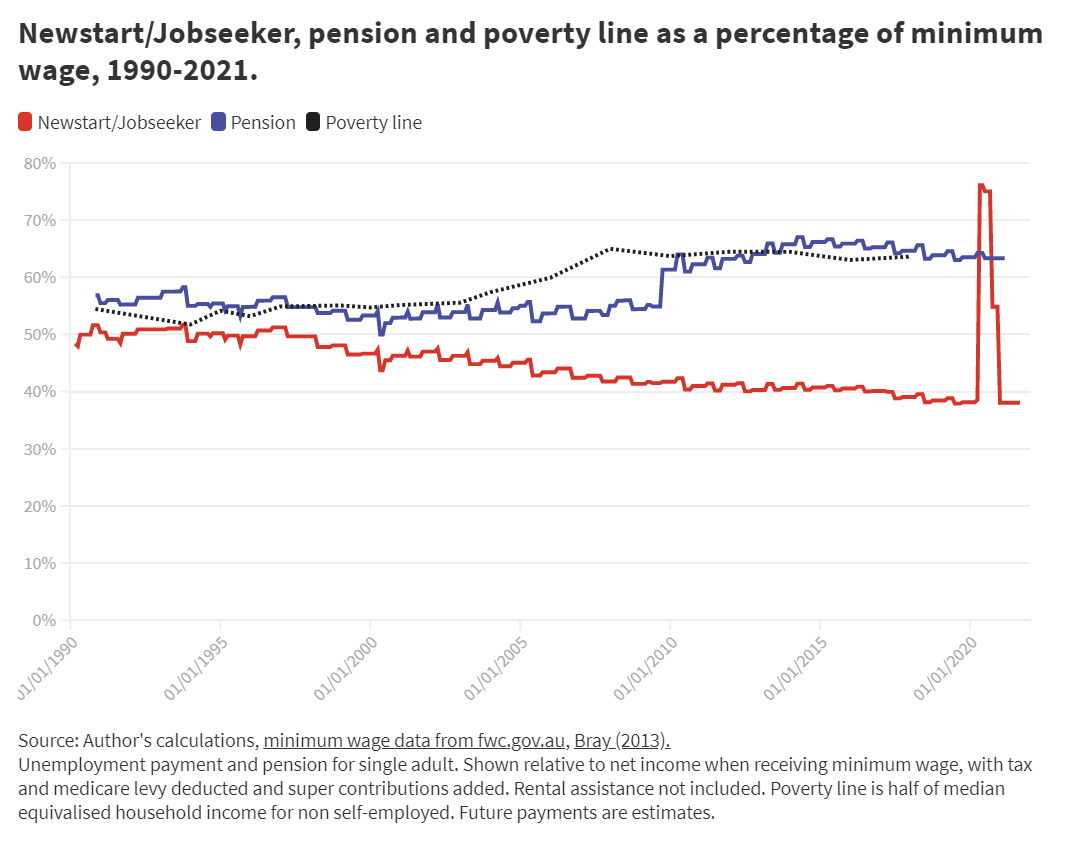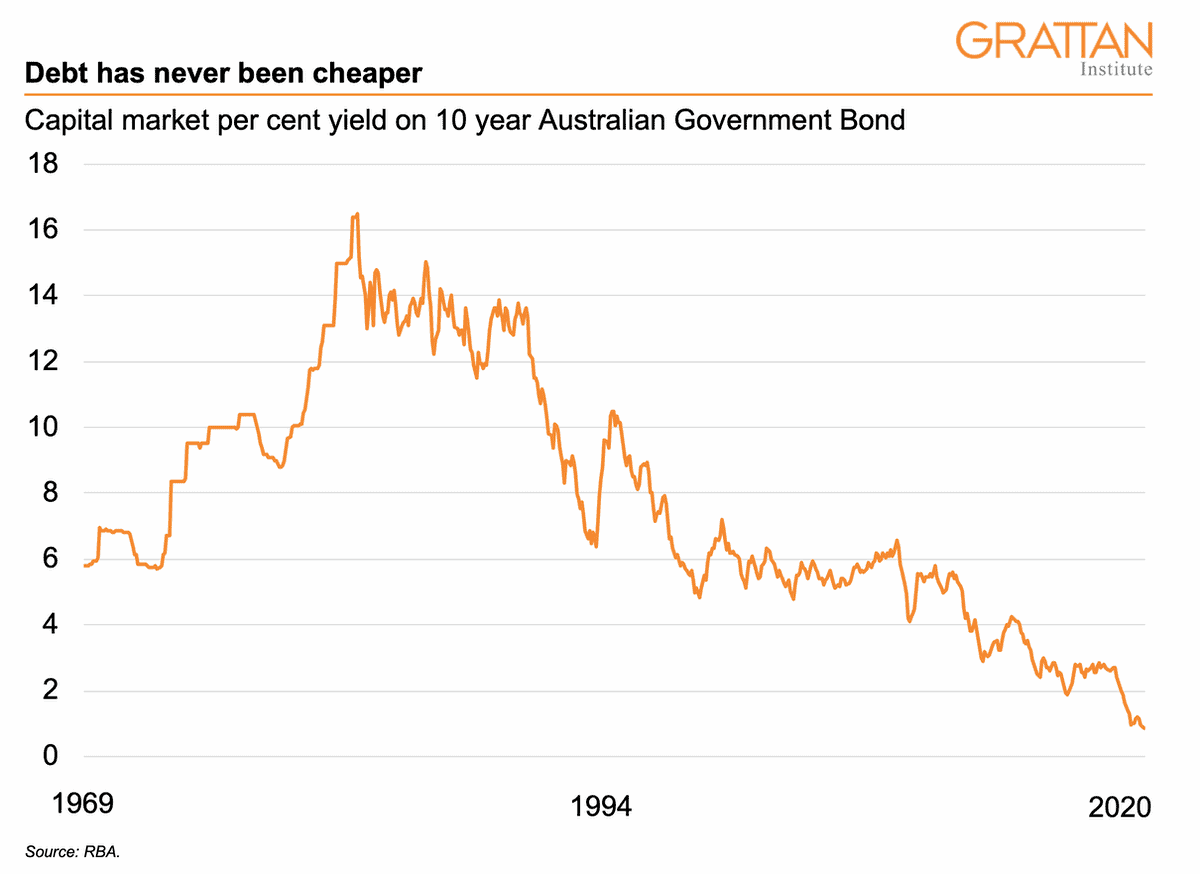The Treasury’s submission to a Senate inquiry into the JobMaker hiring credit scheme contends that its focus on people aged 16-35 is justified as this age group has a much higher unemployment rate than the broader population.
However, the Council on the Ageing (cota) has hit back, using their submission to raise concern that employers may sack older workers in order to receive the subsidy for hiring younger people:
Cota submitted that, although it supported the jobmaker program, it was “deeply disappointed that the other equally vulnerable population group, older workers, are not included in the scheme”.
“Once an older person becomes unemployed, in most cases they find it much more difficult to re-enter employment than younger people,” the council said. “People aged 55–64 years spend on average 36 weeks looking for work until they find employment, compared to 14 weeks for all age groups.”
Although employers have to increase headcount and payroll to receive subsidies, Cota said an employer could “theoretically displace one older worker from their role, and replace them with two part-time/casual younger workers under the scheme”.
“This provides a financial incentive on top of already pervasive age discrimination in Australia,” it said.
Cota is right. Under the JobMaker program, businesses (other than the major banks) will receive a wage subsidy of $200 per week for those aged under 30 and $100 per week for those aged between 30-35, provided they are employed for at least 20 hours a week.
Therefore, the logical thing for Australian businesses to do is to cut existing employee hours and replace them with people aged under 35 for 20 hours a week. This will enable businesses to pocket subsidies, reduce their out-of-pocket wage costs, and earn fatter profits, all without actually boosting overall employee hours above what would have occurred anyway as the economy recovers.
Smelling an opportunity for bigger profits, business groups also want the JobMaker wage subsidy expanded:
Cosboa [Council of Small Business Organisations Australia] submitted its members believed the hiring credit was “too low” and needed to be “at least 50% higher”…
The small business lobby group warned the $100 rate for those aged 30-35 was “too low to motivate small business owners to recruit a new, eligible worker”.
“The focus on younger workers may result in unintended negative consequences for recently unemployed mature-aged workers,” it said.
The Australian Chamber of Commerce and Industry in its submission said the hiring credit was a “welcome, practical measure to help address rising youth unemployment” but disagreed with the fact employers receiving jobkeeper wage subsidies are not eligible.
“This flies in the face of businesses that are in the restart and recovery phase where they will be starting to ramp up their businesses from a low base,” it said.
Expanding JobMaker would merely shift more of businesses’ wage bills onto taxpayers, resulting in owners pocketing even bigger profits.
Indeed, the Australian Treasury told Senate Estimates on Monday that JobMaker will likely only generate 10% of the additional 450,000 jobs spruiked by Treasurer Josh Frydenberg on Budget Night:
“In costing this we’ve made a conservative assumption that about 10% of employment is genuinely additional – it would not have happened but for the hiring credit,” [Treasury official Jenny Wilkinson] said…
Labor’s shadow employment minister, Brendan O’Connor, said the evidence meant the $4bn program is set to create just 45,000 jobs “costing nearly $90,000 per job”.
He called on Frydenberg to “explain the discrepancy between his inflated jobs number claims compared to treasury’s estimates”.
Let’s get real for a moment. The reason why unemployment is so high is because there is a major deficit in demand across the economy. The solution, therefore, is not wage subsidies aimed at hiding the true rate of unemployment and juicing business profits, but budget stimulus aimed squarely at boosting demand.

This requires permanently lifting Australia’s unemployment benefit (JobSeeker) from its poverty level of $40 a day, alongside massive investment in Keynesian-style public works projects like public housing and infrastructure.
With borrowing rates hovering at the lowest level in history, the Morrison Government has no excuse.



